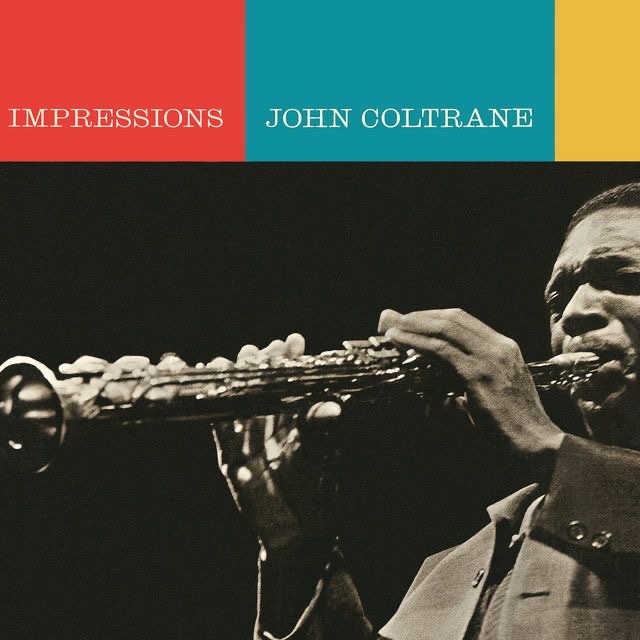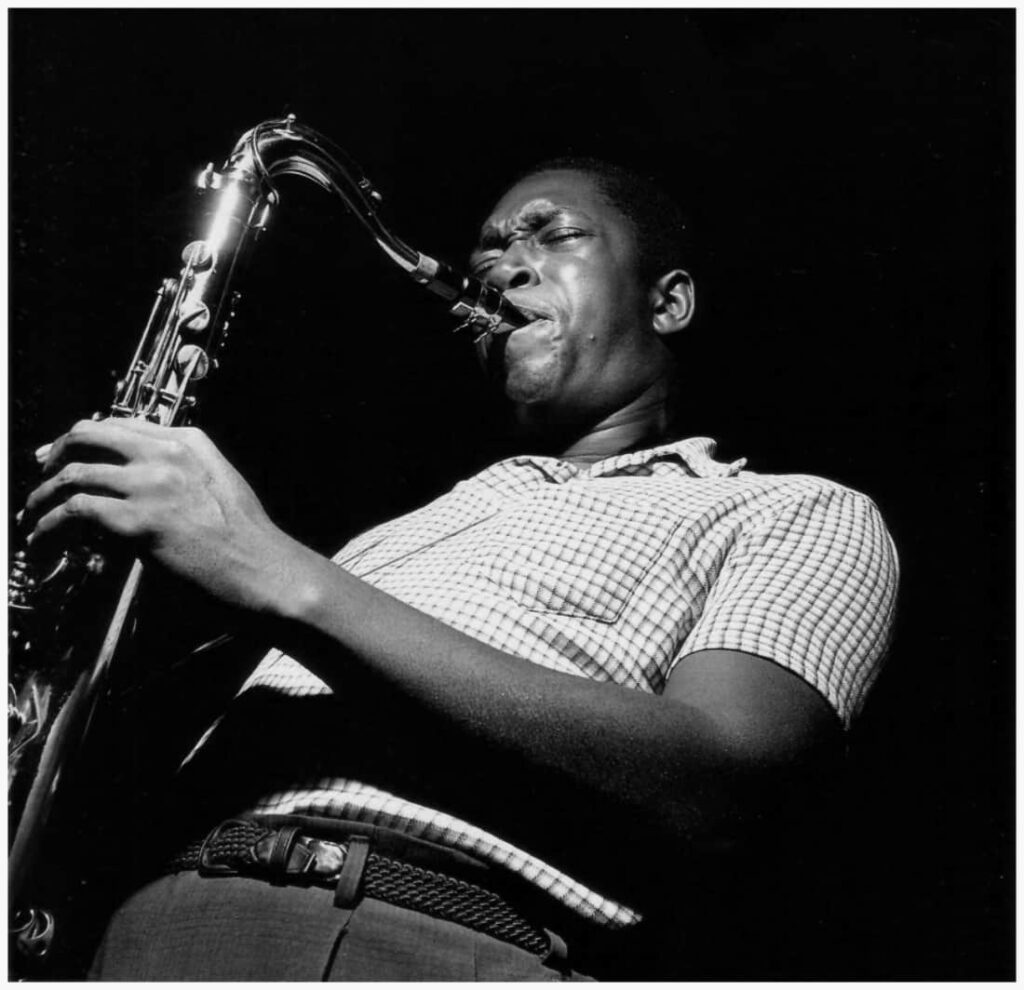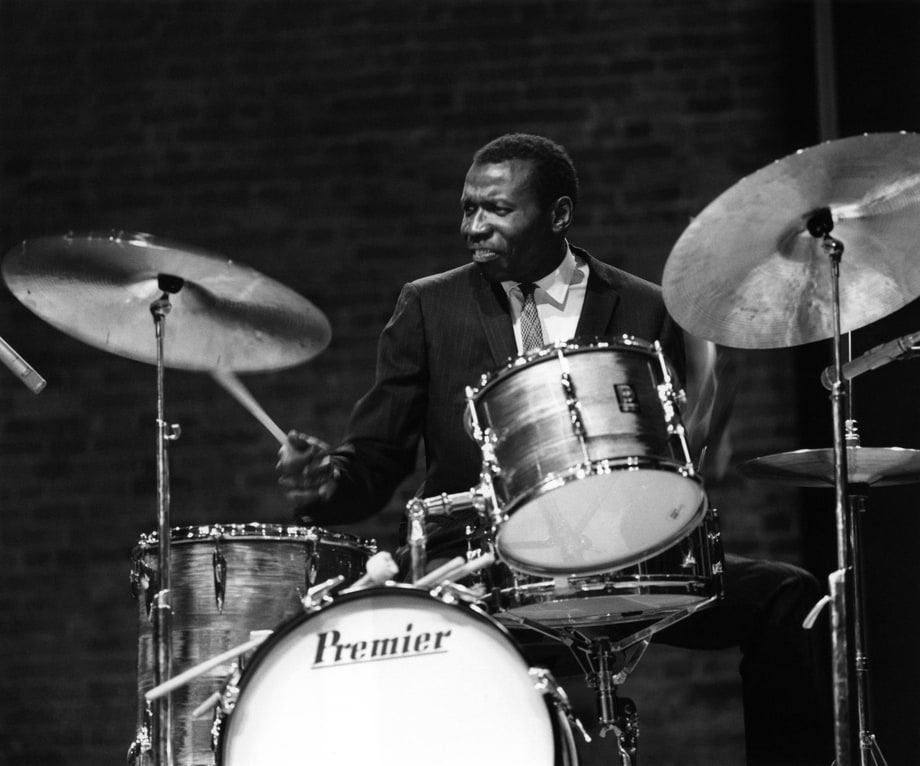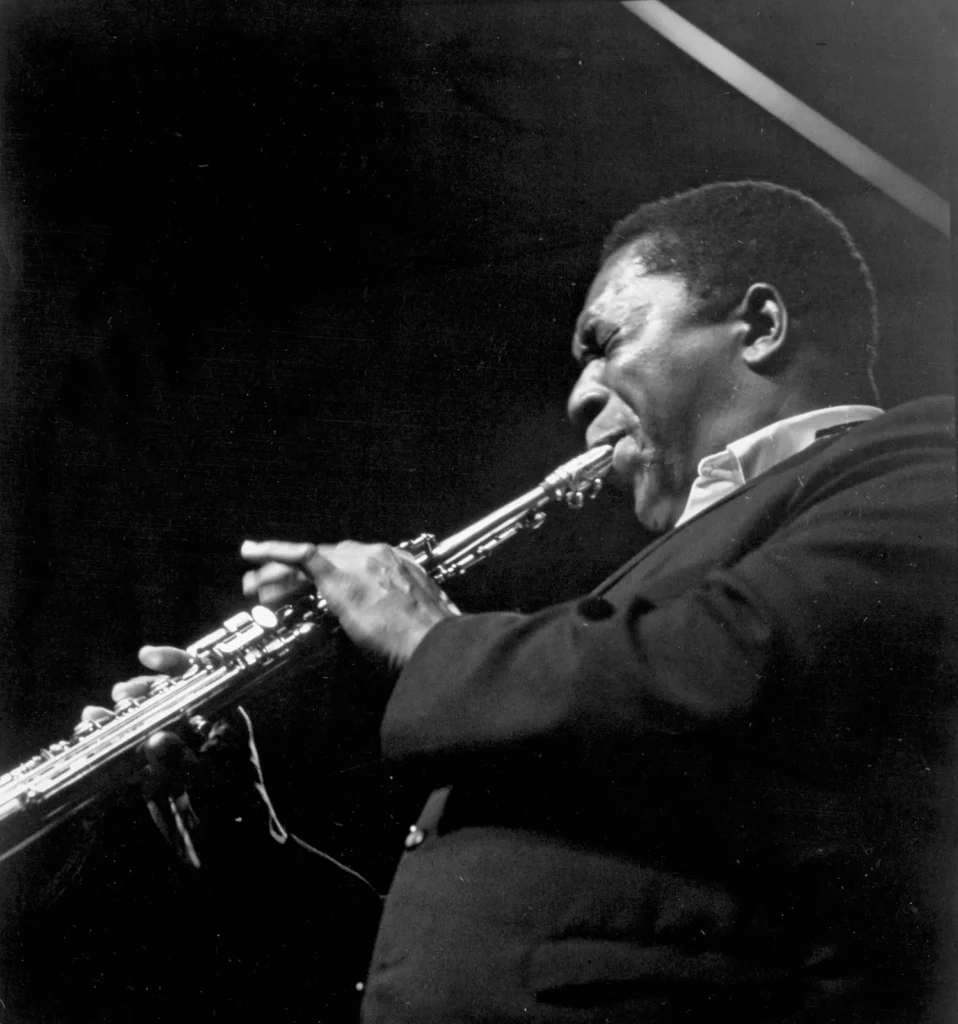Dive into the Power & Passion of ‘Tenor Madness
In the vast panorama of jazz, Sonny Rollins’ “Tenor…
John Coltrane‘s “Impressions” remains one of the most striking albums in his discography. Released in July 1963, the album captures the revolutionary spirit of Coltrane and his bandmates as they broke new ground in the realms of avant-garde jazz, post-bop, and modal jazz.

The “Impressions” album is a product of various recording sessions, with tracks recorded at the iconic Village Vanguard in New York City on November 3, 1961, and at Van Gelder Studio in Englewood Cliffs on September 18, 1962, and April 29, 1963. Under the direction of producer Bob Thiele, the album was released on the esteemed Impulse! label, a haven for some of the most innovative jazz artists of the time.
Coltrane, a master of the tenor and soprano saxophone, was already a legend by the time “Impressions” was recorded. Known for his work with the Miles Davis Quintet and Thelonious Monk, Coltrane had established himself as a powerful force in the jazz world. Leading up to the “Impressions” sessions, he had released “My Favorite Things” and “Africa/Brass,” showcasing his growing interest in modal jazz and expanding the boundaries of his music.

Eric Dolphy, the versatile multi-instrumentalist, was an essential collaborator on “Impressions.” With a career that included work with Charles Mingus and Ornette Coleman, Dolphy brought his innovative approach to the bass clarinet and alto saxophone. Prior to the “Impressions” sessions, he had recorded his groundbreaking album “Out There,” which foreshadowed his contributions to Coltrane’s music.

The album also features the classic John Coltrane Quartet, consisting of pianist McCoy Tyner, bassist Jimmy Garrison, and drummer Elvin Jones. Their chemistry was unparalleled, and their innovative playing propelled Coltrane’s music to new heights. Additionally, bassist Reggie Workman makes an appearance on the album, adding another layer to the complex rhythmic foundation.

“India,” the opening track, is a hypnotic journey that transports listeners to a different world. Coltrane’s soprano saxophone and Dolphy’s bass clarinet weave together in a mesmerizing tapestry of sound, while Garrison and Workman create a drone-like foundation that echoes the music of India. The result is a transcendent musical experience that showcases the group’s ability to blend different musical traditions.
“Up ‘Gainst the Wall,” a shorter track clocking in at just over three minutes, is a post-bop gem that highlights the incredible interplay between Coltrane, Tyner, Garrison, and Jones. Coltrane’s tenor saxophone sings a catchy melody, while the rhythm section provides a solid foundation for his improvisations. The track exemplifies the quartet’s ability to navigate complex harmonic and rhythmic structures with ease.

The title track, “Impressions,” remains my favorite piece on the album. This epic composition features one of Coltrane’s most memorable solos, a marathon of cascading notes and inventive ideas that seem to pour from his horn without end. The interplay between Coltrane and Dolphy, now on alto saxophone, adds another dimension to the piece, while Tyner, Garrison, and Jones lay down a propulsive rhythm that pushes the music forward.
The musical style of “Impressions” is a testament to Coltrane’s ability to synthesize various influences and create something entirely new. The album incorporates elements of avant-garde jazz, post-bop, and modal jazz, resulting in a sound that is both accessible and challenging. The themes explored in the album touch on spirituality, the fusion of Eastern and Western musical traditions, and the boundless possibilities of improvisation.
Upon its release, “Impressions” was met with a mixture of admiration and bewilderment. Some listeners were captivated by Coltrane’s innovative approach to music, while others struggled to make sense of the avant-garde elements present in the album. Regardless of the initial reactions, the impact of “Impressions” was undeniable. It solidified Coltrane’s status as a trailblazer in jazz and helped to usher in a new era of experimentation and exploration in the genre.
Today, “Impressions” is regarded as a seminal work in the history of jazz, standing alongside other Coltrane masterpieces like “A Love Supreme” and “Giant Steps.” The album’s continued significance lies in its groundbreaking fusion of styles, its fearless approach to improvisation, and the incredible synergy of the musicians involved. New generations of jazz enthusiasts and musicians continue to discover the album, drawing inspiration from its timeless message of artistic freedom and creative expression.
In conclusion, John Coltrane’s “Impressions” serves as a shining example of the transformative power of music. The album captures a pivotal moment in Coltrane’s career and the evolution of jazz itself, as he and his fellow musicians pushed the boundaries of what was possible within the genre. Whether experienced for the first time or revisited with the wisdom of hindsight, “Impressions” stands as a testament to the limitless potential of human creativity and the enduring spirit of artistic exploration.